When strolling through Paris one can't help but wonder whether the good-looking storefront signs that embellish the French capital are evidence that its working-class denizens have a knack for typography. Can we assume that native bakers, butchers, hairdressers, and restaurant owners are endowed with an innate talent for making the written word appealing?
Dream on. In France, everything is politics, even the most benign vernacular sign.
Like so many other expressions of the celebrated French art de vivre, one must look for an ulterior motive: acquiring a competitive edge, exploring market opportunities, or developing lucrative innovations. I’d like to make a case that the beautiful letterforms that adorn even the most humble Paris facades were originally conceived as part of a campaign to glorify the French language. And glorify it is exactly what Louise Fili does with her latest offering, Graphique de la Rue, a book that documents the signs of Paris. She unwittingly promotes a political agenda whose origins can be traced back to the Renaissance when French kings, in an attempt to undermine the power of the Italian popes, tried to prove to the world that French was more sophisticated than Latin.
Fili champions their cause with close to 500 photographs of nineteenth-century and Art Deco commercial and municipal signs, many of them preserved in their picturesque splendor. Over the last forty years, she has gathered an impressive photographic archive of Paris storefronts, on a par with that of Eugène Atget, so thorough her investigation. Over successive visits to Paris, she recorded more than a thousand painted, gilded, carved, electrified, inlaid, monogrammed, tiled, baked, engraved, etched, stenciled, cast, and chiseled signs. The majority are priceless historical references, with some delightful exceptions like her mid-century finds, signs advertising a wide array of lowbrow beauty salons, laundromats, or hardware stores.
The linguistic colonization of France was a vast political project whose goal was not only to rein in the power of the Latin speaking clergy, but also that of a restless aristocracy, men and women of privilege who controlled French provinces where various foreign dialects were the norm. Paris was the center of this cultural offensive, with Parisian French the gold standard, and Parisian signage one of the tools of propaganda.
Louise Fili’s Italian ancestry did not prevent her from saluting the typographic outcome of this politically motivated contest between Paris and Rome. Her magnificent book is a gallant gesture in the chivalric tradition.
++
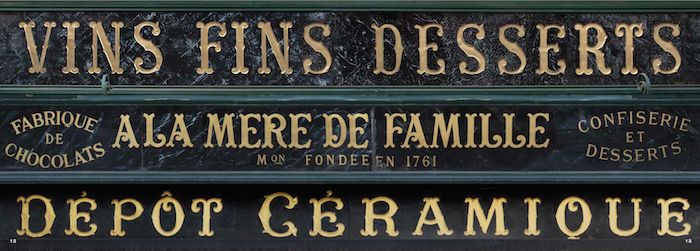
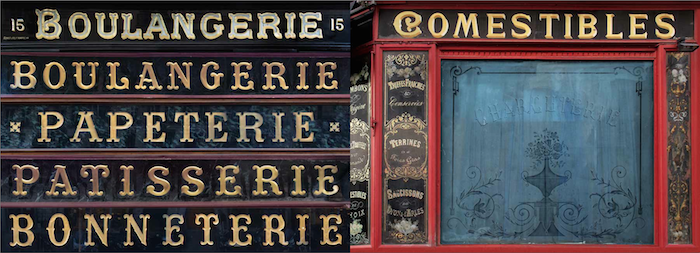

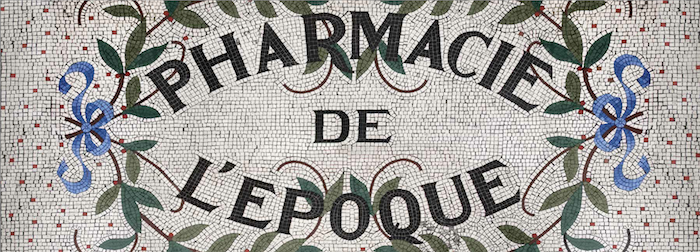
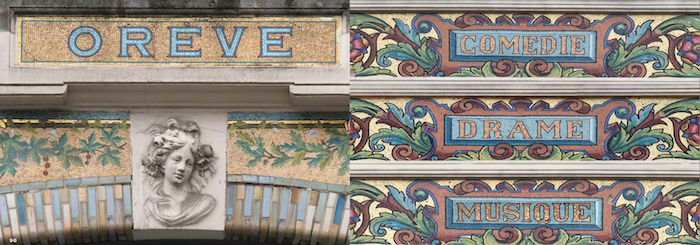
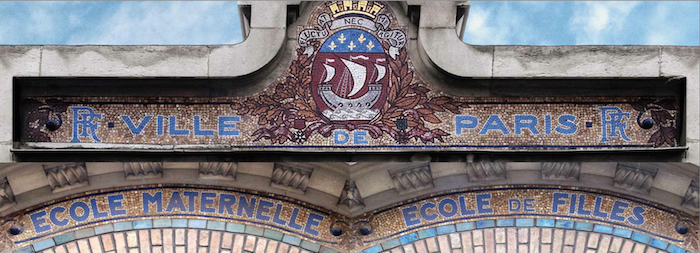
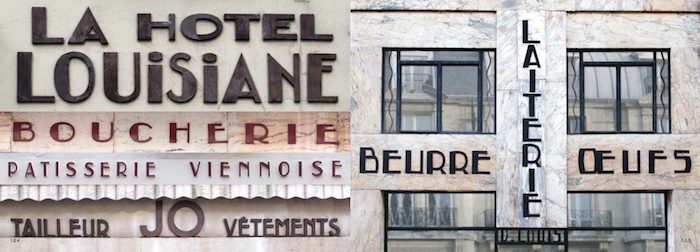

Graphique La Rue is being published by Princeton Architectural Press in September.
